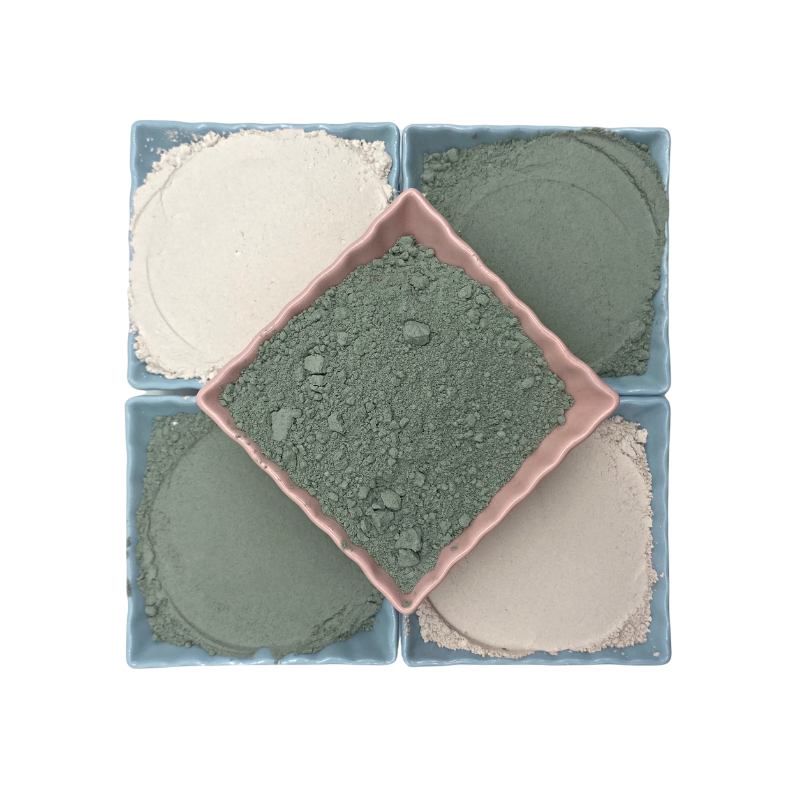
resin coated sand process
The Resin Coated Sand Process An Overview
In the world of manufacturing, the pursuit of precision and quality in casting processes has led to the development of various methodologies. Among these, the resin coated sand process has emerged as a prominent technique, especially in the foundry industry. This method combines traditional sand casting with modern materials technology, offering numerous advantages in terms of casting quality, production efficiency, and overall cost-effectiveness.
What is Resin Coated Sand?
Resin coated sand is a type of sand that has been treated with a thermosetting resin binder. This binder enhances the sand’s properties, allowing for better shape retention, reduced gas porosity, and improved surface finish in casted products. The process involves mixing sand with a resin binder and then curing the mixture, typically using heat. The result is a sand that can withstand the high temperatures encountered during metal casting, ensuring that molds hold their shape under the stress of molten metal.
The Process of Making Resin Coated Sand
The production of resin coated sand involves several critical steps
1. Selection of Base Sand The first step is selecting the appropriate base sand. Commonly, silica sand is used due to its good thermal properties and availability. However, other types of sand can also be utilized depending on the specific requirements of the casting project.
2. Coating the Sand The selected sand is then mixed with a resin binder. This is typically done in a controlled environment to ensure consistent coating. The choice of resin—whether phenolic, furan, or another type—depends on the desired characteristics of the finished product.
3. Curing After the sand is properly coated with resin, the mixture is subjected to heat curing. This step is crucial as it allows the resin to harden, which significantly improves the sand’s mechanical properties. The curing process can be adjusted based on factors such as the type of resin used and the intended application of the sand.
4. Quality Control Once the resin coated sand has been produced, it undergoes rigorous quality control testing to ensure it meets specific standards. Parameters such as grain size distribution, binder content, and physical properties of the sand are assessed to guarantee optimal performance during casting.
resin coated sand process

Advantages of Resin Coated Sand Process
The resin coated sand process offers several advantages over traditional sand casting methods
- Improved Surface Finish Castings produced with resin coated sand exhibit a much smoother surface compared to those made with conventional greensand. This quality is crucial in industries where surface aesthetics and tolerances are vital.
- Higher Dimensional Accuracy The rigidity provided by the resin binding allows for the production of complex shapes and intricate designs. As a result, this technique is often employed in manufacturing components that require high precision.
- Reduced Defects The process significantly reduces casting defects such as gas porosity and sand burn-on, which are common challenges in traditional sand casting methods. This results in higher yield rates and lower rejection rates of castings.
- Versatility Resin coated sand can be used for a wide variety of metal types, including ferrous and non-ferrous alloys. This versatility makes it an appealing choice for different sectors, ranging from automotive to aerospace.
Applications of Resin Coated Sand
The applications of resin coated sand are extensive. It is widely used in industries that require high-performance castings, such as the automotive sector for engine components, the aerospace industry for intricate parts, and even in artistic foundries for sculptures. Its ability to create complex shapes with high dimensional accuracy makes it an ideal choice for prototypes and custom jobs.
Conclusion
The resin coated sand process represents a significant advancement in casting technology, blending traditional methodologies with modern materials science. Its benefits, including improved surface finish, reduced defects, and greater design flexibility, have made it a preferred choice for various industrial applications. As industries continue to strive for enhanced efficiency and quality, the significance of resin coated sand is likely to grow, paving the way for further innovations in casting technologies. As both manufacturers and consumers become more quality-conscious, the adoption of this process will undoubtedly play a critical role in the future of foundry operations.
Share
-
Natural Premium Bentonite Cat Litter - Superior ClumpingNewsJul.31,2025
-
Premium Resin Coated Sand - High Heat Resistance CastingNewsJul.31,2025
-
High Quality Silicon Carbide Grit for Abrasive ApplicationsNewsJul.30,2025
-
High-Quality Ceramsite for Plants & Gardening | Lightweight PebblesNewsJul.29,2025
-
Premium Burgundy Glass Marbles for Vases & Shooter GamesNewsJul.29,2025
-
High Purity Quartz Sand for Industrial and Ground ApplicationsNewsJul.29,2025






